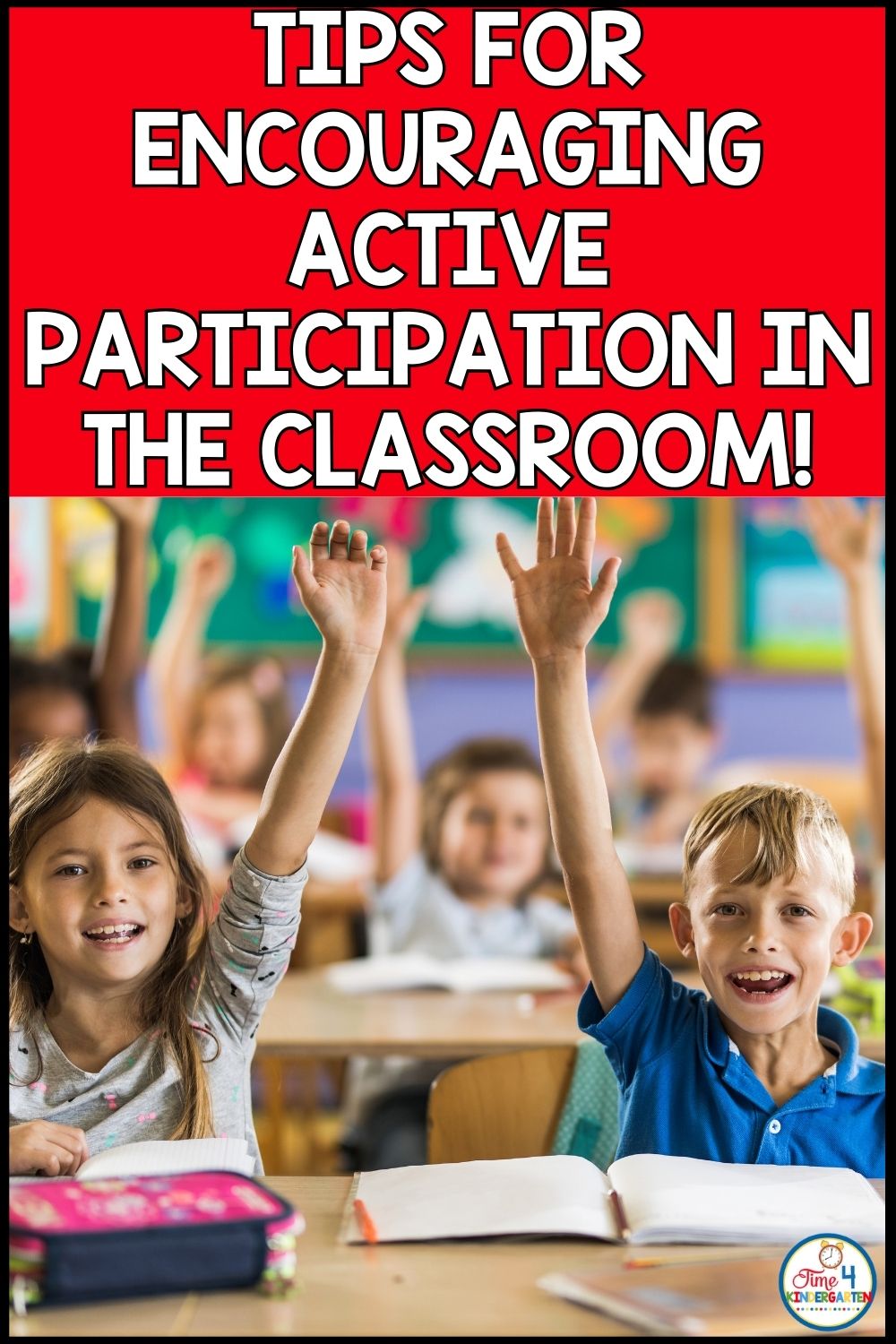Fostering active participation is a crucial aspect of effective teaching. However, as teachers, we often encounter situations where young learners hesitate to raise their hands.
There are several reasons as to why a student may not want to participate.
- Shyness and Social Anxiety
- Language Development Challenges
- Fear of Making Mistakes
- Lack of Understanding
- Overstimulation or distractions
Shyness and Social Anxiety
For many children, kindergarten is the beginning of a child's formal education journey, and for many, it's their first exposure to a structured classroom setting. Shyness and social anxiety can play a significant role in a child's hesitancy to participate.
Language Development Challenges:
Some kindergarten students may experience challenges in expressing themselves verbally. Limited vocabulary or speech delays can contribute to a reluctance to raise hands.
Fear of Making Mistakes:
The fear of making mistakes is common among young learners. Cultivating a growth mindset and emphasizing that mistakes are a natural part of learning can help alleviate this fear.
Lack of Understanding:
Sometimes, students may hesitate to raise their hands because they feel unsure about the content or task at hand.
Overstimulation or Distractions:
Kindergarten classrooms are often bursting with activity. Some students may find the environment overstimulating. This can impact their ability to focus and participate actively.
Strategies to Encourage Active Participation in the Classroom
Use these 10 classroom activities and strategies to encourage active participation in your reluctant learners.
1. Circle Time Sharing:
Create a designated time for students to share something about themselves, such as a favorite toy, a special experience, or even a simple show-and-tell session. This helps build confidence and communication skills. 2. Interactive Storytelling: Use picture books or create simple stories that involve the students. Allow them to contribute ideas, answer questions, or even act out parts of the story. Story props are a great tool to foster engagement and imagination. 3. Music and Movement: Incorporate songs and movement activities that involve everyone. Activities like singing, dancing, or playing simple instruments can help children express themselves and participate actively. 4. Classroom Helpers: Assign different roles to students on a rotating basis, such as line leader, door holder, or calendar helper. This gives students a sense of responsibility and encourages them to actively participate in classroom routines. 5. Artistic Expression: Provide opportunities for creative expression through art activities. Whether it's drawing, painting, or crafting, allow students to share their creations with the class and talk about what they made. 6. Puppet Play: Use puppets to facilitate communication and interaction. Puppets can be a fun way for children to express themselves and share thoughts, ideas, or stories with their peers.
Create a designated time for students to share something about themselves, such as a favorite toy, a special experience, or even a simple show-and-tell session. This helps build confidence and communication skills. 2. Interactive Storytelling: Use picture books or create simple stories that involve the students. Allow them to contribute ideas, answer questions, or even act out parts of the story. Story props are a great tool to foster engagement and imagination. 3. Music and Movement: Incorporate songs and movement activities that involve everyone. Activities like singing, dancing, or playing simple instruments can help children express themselves and participate actively. 4. Classroom Helpers: Assign different roles to students on a rotating basis, such as line leader, door holder, or calendar helper. This gives students a sense of responsibility and encourages them to actively participate in classroom routines. 5. Artistic Expression: Provide opportunities for creative expression through art activities. Whether it's drawing, painting, or crafting, allow students to share their creations with the class and talk about what they made. 6. Puppet Play: Use puppets to facilitate communication and interaction. Puppets can be a fun way for children to express themselves and share thoughts, ideas, or stories with their peers.
7. Dramatic Play Centers
Dramatic Play Centers allow students to role-play and interact with each other. The small group atmosphere gives reluctant students the courage to speak and participate.
8. Question of the Day:
Pose a daily question that each child can answer. This can be done through simple picture responses, written responses, drawings, or verbal sharing during circle time.
9. Collaborative Projects:
Plan hands-on projects that require teamwork and collaboration. Allow students to work together using blocks, STEM Bins are craft items.
10. Low Pressure Participation:
Allow students during whole class instruction to respond using think, pair share, thumbs up/down, choral response, or writing answers on personal whiteboards.
Understanding the reasons behind students' hesitation to raise their hands is the first step toward creating a supportive and inclusive learning environment. By addressing these challenges with empathy and implementing targeted strategies, teachers can nurture a culture of active participation, setting the stage for a positive and enriching educational experience for young learners.



No comments
Post a Comment